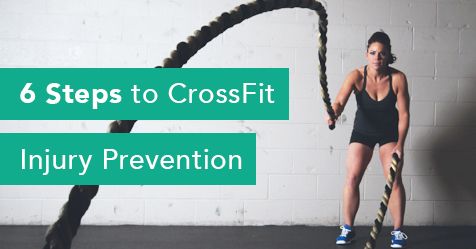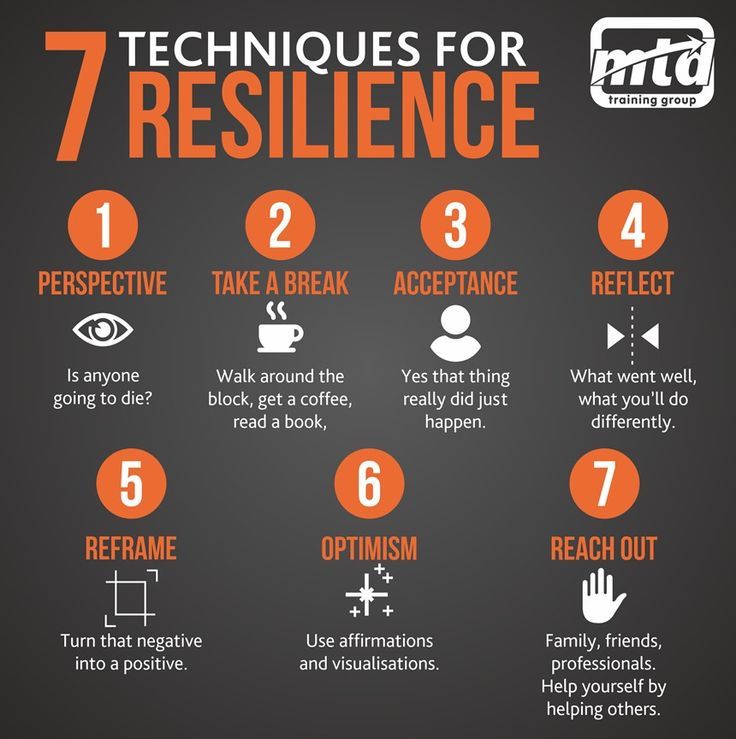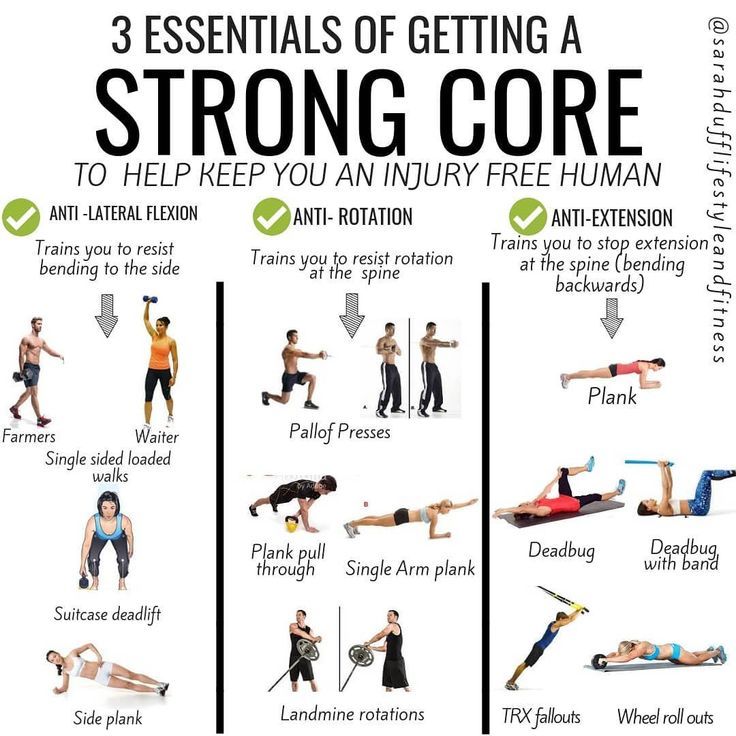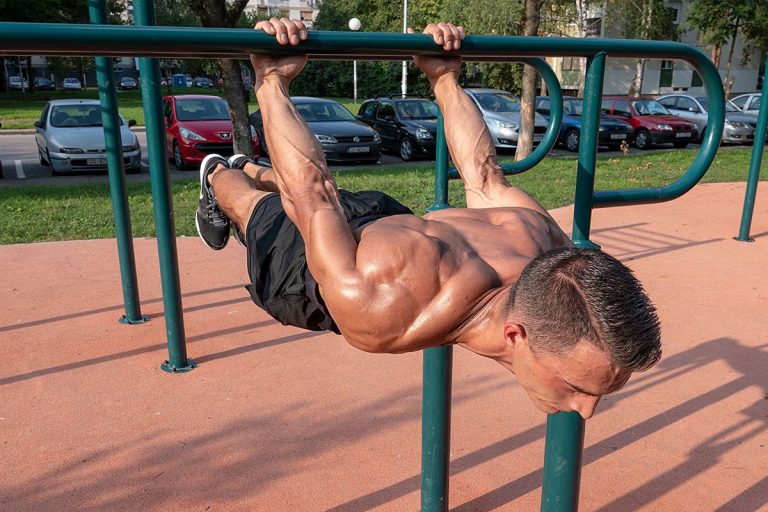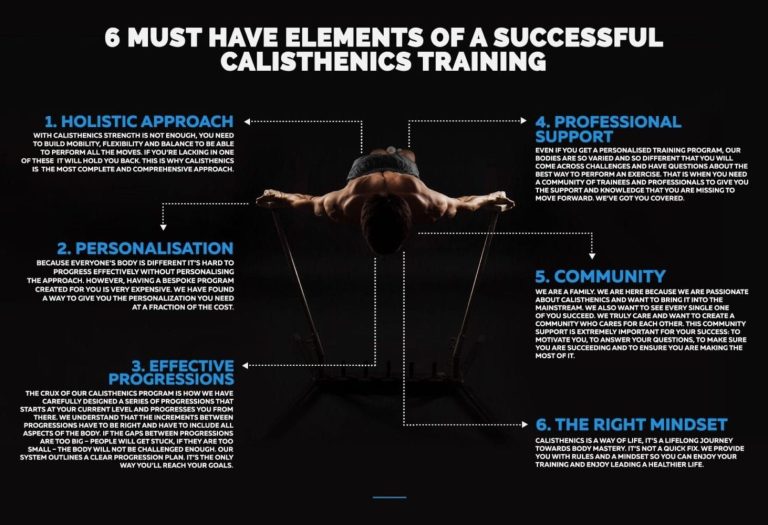CrossFit has rapidly gained popularity as a fitness regimen that combines high-intensity workouts with a variety of functional movements. However, due to its demanding nature, participants are at a higher risk of sustaining injuries. In this article, we will explore effective injury prevention strategies and offer a range of exercises to help you stay safe during your CrossFit training.
Understanding Common CrossFit Injuries
Before we delve into the prevention techniques, it’s essential to identify the most prevalent injuries in the CrossFit community. These often include sprains, strains, tendinitis, rotator cuff injuries, and lower back pain. While these injuries can happen in any sport or fitness activity, understanding the specific risks associated with CrossFit can help you take proactive measures to avoid them.
Tips for Injury Prevention
1. Seek Professional Coaching: Proper technique is crucial to prevent injuries. Ensure you receive proper coaching from certified CrossFit trainers who can guide you through the correct form for various exercises.
2. Warm-up and Cool Down: Start your workouts with dynamic warm-up exercises to increase blood flow and prepare your muscles for the intense workout. Afterward, perform static stretches during the cool-down phase to improve flexibility and reduce muscle soreness.
3. Gradually Increase Intensity: Avoid the temptation to push yourself beyond your limits too quickly. Gradually increase the intensity and duration of your workouts to allow your body to adapt and avoid overexertion.
4. Listen to Your Body: Pay attention to any pain or discomfort during your workouts. If something doesn’t feel right, don’t ignore it. Rest, modify the movement, or seek professional advice to prevent aggravating an injury.
5. Incorporate Rest Days: Your body needs time to recover and rebuild. Give yourself at least one or two days of rest each week to avoid overtraining and reduce the risk of overuse injuries.
Exercises for Injury Prevention
1. Glute Bridges: Lie flat on your back with knees bent and feet flat on the ground. Lift your hips until your thighs and torso form a straight line. Squeeze your glutes at the top and return to the starting position. This exercise helps activate the glute muscles, which are vital for maintaining proper form in various CrossFit movements.
2. Planks: Start in a push-up position with your forearms on the ground. Keep your body in a straight line from head to toe and hold for a designated time. Planks strengthen the core and promote stability, reducing the risk of lower back injuries.
3. Rotator Cuff Exercises: The rotator cuff plays a crucial role in shoulder stability. Incorporate exercises such as external and internal rotations with resistance bands to strengthen these muscles and prevent shoulder injuries.
4. Squats: Squats help develop lower body strength and enhance mobility. Focus on maintaining proper form, keeping your knees in line with your toes and your back straight. Start with bodyweight squats and gradually add resistance as you progress.
5. Single-leg Deadlifts: Stand with feet hip-width apart and shift your weight onto one leg while slightly bending the knee. Hinge forward at the hips, extending the opposite leg backward for balance, and then return to the starting position. This exercise improves balance and strengthens the posterior chain.
Conclusion
CrossFit offers a diverse and challenging fitness experience, but it’s essential to prioritize injury prevention to ensure long-term participation and progress. By following the tips provided and incorporating the suggested exercises into your routine, you can minimize the risk of injuries and maximize the benefits of CrossFit.
